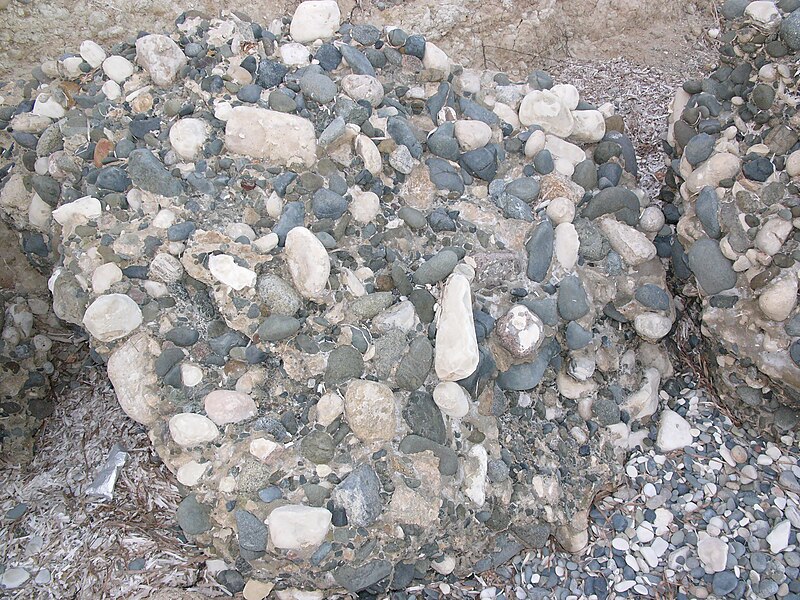In 1964 the author spent some time as a prospector looking for gold in southeastern Oregon Nevada Oregon
Map of Oregon showing the High Desert By Oxygun |
According to the geology reports there is plenty of gold in Oregon Oregon
Panning for gold in a stream. USFS |
What you should do is try panning for gold in a likely looking stream for starters. The best kind of stream to find gold in is what might be termed a babbling brook with lots of boulders and rapids and other places where gold may be entrapped. You can usually find gold on the inside of bends on what is called the point bar. Gold is also found behind a boulder or any place where the water changes velocity from fast to slow. Generally any place where Swiftwater trout would be found is also a good place to look for gold.
Two of the best places where gold may be found in a stream is where the water runs over a ledge in the stream causing the gold to be caught in cracks on the rocks. The other place is in the plunge pool beneath a waterfall.
One of the best places to search for gold in Oregon Oregon
This is what you have to do to dry pan. Fill your gold pan about half full of gravel and go through the same motions that you would if there was water in the pan. That is shaking the pan horizontally so that the larger stones and pebbles come to the top. You’ll have to pick them out by hand almost the same way that you do with water. Keep working the pan until all you have left is sand.
Now you are ready to work the sand down into a concentrate. Holding the pan so the internal riffles are facing you and slowly by rocking the pan back and forth while the excess sand pours over the edge of the pan. In this manner you can work the sand down until there isn’t really anything left but the black sand concentrate that you can take home and work over at your leisure.
This is a thunderegg collected in the Blackrock Desert. Photo by David Rix Eibonvale |
There are other minerals of interest in Oregon
Most of these thundereggs are found in gravel where they have been washed out of the basalt cliffs. The thunder egg have a crust that is kind of nubbly looking. Once you see one you will always be able to recognize another. Agates and thundereggs are very hard to see in nature, but there is a way to lure them out of their hiding place. Using a spray bottle filled with water spray the gravel in front of you and if there are any agates were thundereggs there. By being soaked with water will make them stand out against the other stones like a neon sign.




























